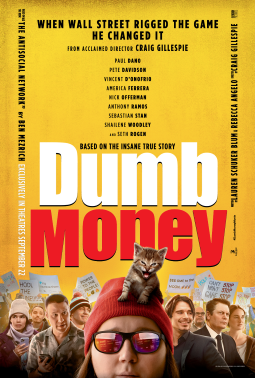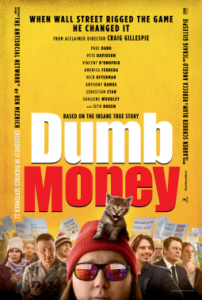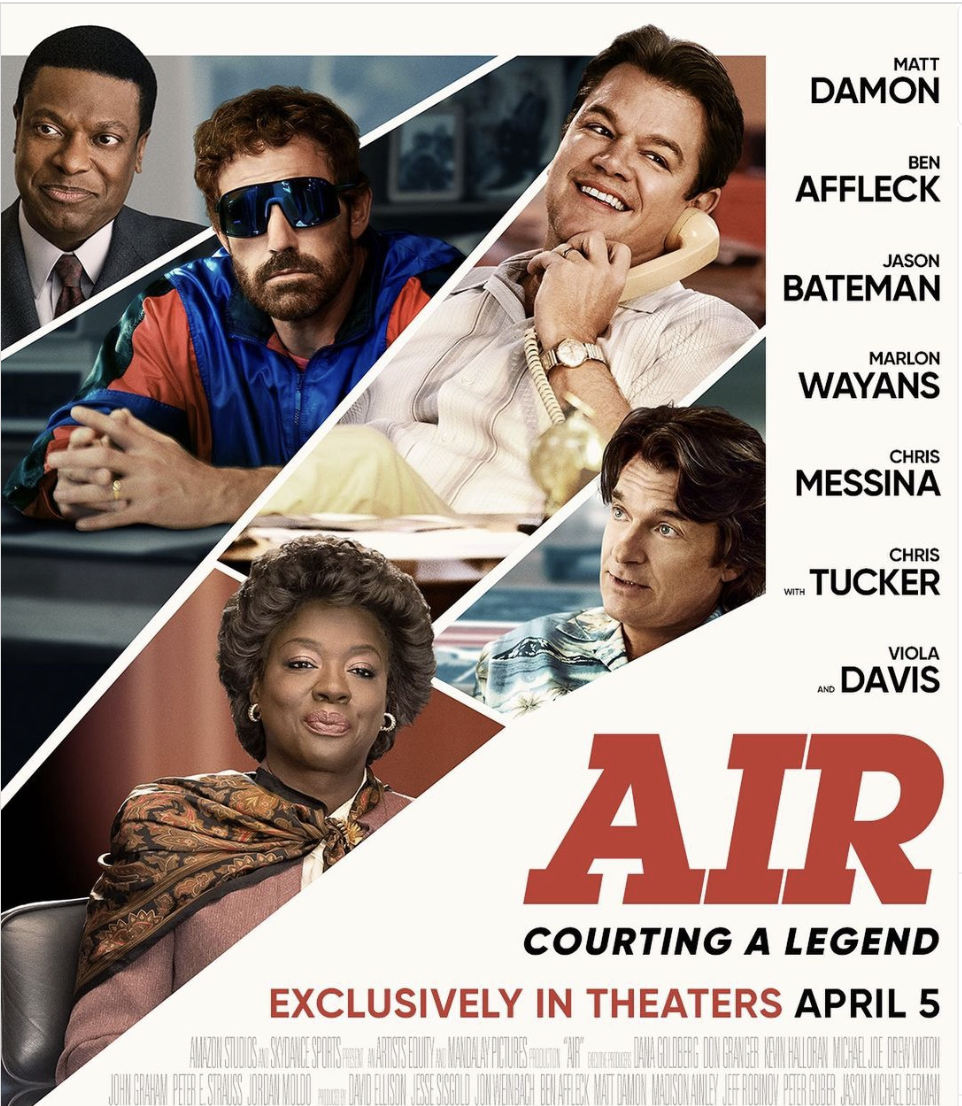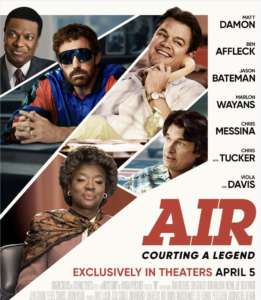Killers of the Flower Moon
Posted on October 19, 2023 at 5:34 pm
A-| Lowest Recommended Age: | High School |
| MPAA Rating: | Rated R for violence, some grisly images, and language |
| Profanity: | Strong and racist language |
| Alcohol/ Drugs: | Drinking and drunkenness |
| Violence/ Scariness: | Extended peril and violence including murder, guns, explosions |
| Diversity Issues: | A theme of the movie |
| Date Released to Theaters: | October 20, 2023 |

The film is based on the prize-winning book of the same name by David Grann, set about a century ago in Oklahoma. America forcibly relocated the Osage tribal members to a part of the country they thought was valueless. Times change. Technology changes. And it turned out that what was under that land was suddenly accessible and valuable: oil. The bounty the Osage never sought brought them riches they never dreamed of. The money brought the kind of people who will do anything to get it. That includes bending the law to the breaking point, with the government placing severe restrictions on Osage access to the money, appointing white “guardians” to oversee every expenditure and getting paid to do so, exploitation and con artists, price gouging, getting access to the money by marrying Osage women, and murder.
As the film begins, the approximately 2000 Osage are among the most prosperous communities in the world. They live in gracious, beautifully appointed homes. They have white servants. The women wear the latest fashions and expensive jewelry. Their towns are vibrant and modern. They go to a white church but retain many of their tribal traditions.
The most prominent white member of the community is William King Hale (Robert De Niro). “Call me King,” he says genially but meaningfully to his nephew, Ernest Burkhart (Leonardo DiCaprio), a WWI veteran who has just arrived in town. Ernest swiftly moves from driver to husband to Mollie, one of the Osage sisters who are prominent holders of “headrights” to the revenues from the oil, yet still needing permission to spend the money. Those rights cannot be sold or given away, but they can be inherited. So, many white men, like Ernest who candidly admits that he loves money and liquor and hates to work, marry Osage women, putting them in line to inherit. Even better if they can accelerate that transfer by accelerating their deaths.
Spectacular production design by Jack Fisk and cinematography by Rodrigo Prieto (who also did “Barbie,” so he’s having quite a year), editing by Scorsese favorite Thelma Schoonmaker, and music from The Band’s Robbie Robertson (who grew up on a native reservation) create a world that is vivid and specific but also a metaphor that resonates with America’s founding themes and failures to live up to the promise of the Declaration of Independence. Mollie and her sisters are doubly restricted as Indians and women and Mollie is additionally vulnerable because she has diabetes. At the sometimes poisonous heart of the film is the Ernest/Mollie relationship. From their first magnetic conversation when Mollie accurately but somehow also fondly calls Ernest a coyote who wants money, the themes of love and betrayal intertwine. Ernest’s increasing corruption shows on DiCaprio’s face, disintegrating like Dorian Gray’s portrait. De Niro shows us Hale’s smooth veneer, as he pretends to be devoted to the Osage, especially Mollie and her sisters, and as he speaks of murder as though he is making plans for a picnic. A white man is asked to kill someone and instantly refuses until he is told the target is an Indian. That alters the transaction. And it makes clear the othering that expands as the envy of the white Oklahomans distorts their thinking.
The book focuses on the pre-FBI investigator (Jesse Plemons, genial, implacable, incorruptible, and determined) working under J. Edgar Hoover, the movie, with a script by Scorsese and Eric Roth, wisely makes Mollie the center. Gladstone is a wonder, showing us her mingled love for her husband and her people, her devastating grief over the loss of her family, and her growing recognition that she has been betrayed. The film calls on us to keep watching her face, calm to the point of stoicism as she sits with her grief and her shrinking options.
The film takes its time, over 3 1/2 hours, but every minute is earned. This is a rare film that is not just excellent, but important.
Parents should know this is a fact-based story of racism, plunder, murder and exploitation. Characters are in peril and are murdered by guns and an explosion and fire. There is an attempted murder by poison and references to suicide. There are intense and graphic images. Characters use strong language, drink, and smoke.
Family discussion: Is there a way to find justice for these abuses? Who should be responsible? What does the relationship between Mollie and Ernest symbolize about the relationship between the US and its people?
If you like this, try: the book and the documentary, and read this piece by Sarah Knight Adamson









